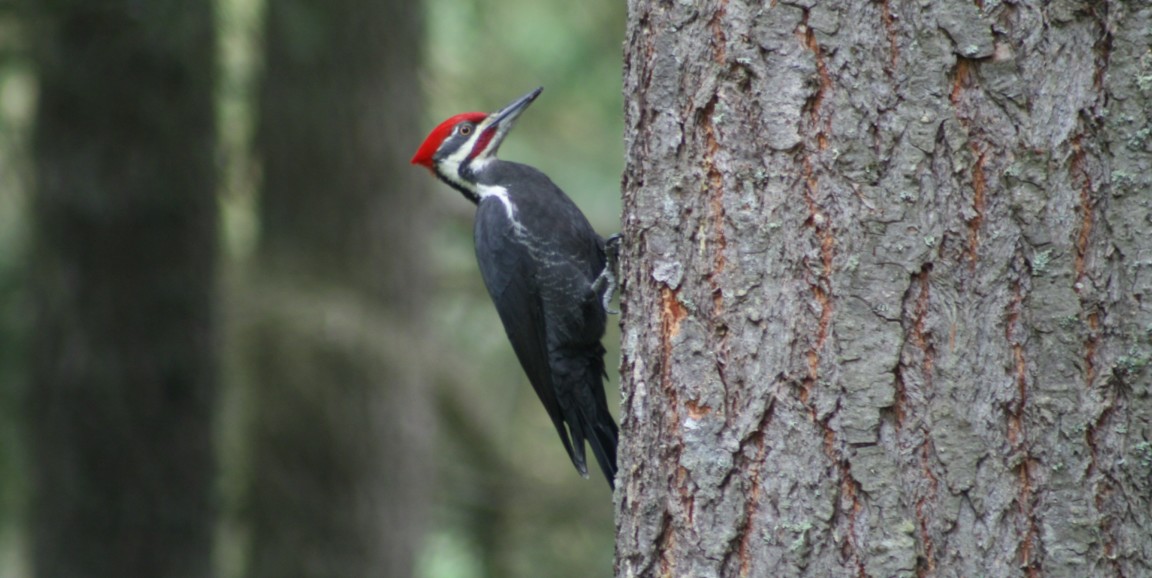Several years ago, the Camarillo lab, led by Stanford bioengineer David Camarillo, PhD, set out to study whether neck muscles could help prevent concussion.
In order to learn more about rotational acceleration of the head, which is considered a risk factor in concussion, the researchers ran experiments where they attached a light weight to a person’s head in order to mimic that movement — but in gentle fashion. (Fear not, no one received a concussion.)
The researchers instructed the participants to relax or flex their neck before each test and turned the data they captured into a simple head and neck model.
Through simulations they ran on this model, the researchers found they could make it closely match the experimental data even if they stripped it of all the soft tissue such as muscle, ligaments and tendons. The contributions of soft tissue were even less noticeable when they cranked up the impact force, above what occurred in the experiments, to forces that could cause concussion.
Michael Fanton, a graduate student and lead author of a paper published in IEEE Transactions on Biomedical Engineering, recalled how surprising this was in a Stanford News article:
Originally, we thought your neck muscles could affect head acceleration and we wanted to figure out if that offered another strategy for reducing brain injury. It was surprising that in these shorter-duration impacts, the neck muscles are not doing a whole lot.
Overall, the researchers found that flexing muscles may reduce rotational acceleration, and therefore concussion risk, in response to low-force or slow impacts. But the soft tissue did almost nothing to reduce the risk from hard, fast impacts, such as what a person might experience if they fell off a bike.
Working again with their stripped down computer model, the researchers ran another set of simulations to see how head and neck positioning at impact affected subsequent rotational acceleration. They found that even a few degrees of difference in the alignment of the head and neck at impact could mean the difference between low and high concussion risk. Where on the skull the impact occurred mattered as well.
The researchers also repeated these alignment simulations with a woodpecker version of their model because woodpeckers are known for being able to withstand extreme head-on accelerations, which can be 10 times greater than those that cause severe concussions in athletes. This was a very simplified version of a woodpecker’s spine and skull but it further supported their results about the importance of head and neck positioning. What’s more, when the model replicated a woodpecker’s natural alignment, it resulted in very low rotational acceleration.
Head and neck positioning won’t be a standalone tool for prevention of concussion and needs to be considered in context, alongside other injury prevention measures, the researchers say. For example, a position that lowers the risk of concussion could raise a person’s risk for spinal cord injury.
Moving forward, the Camarillo team plans to combine the findings from their head and neck models with their other work on concussion biomechanics to develop better preventative measures and protective equipment.
Photo by DornCady




